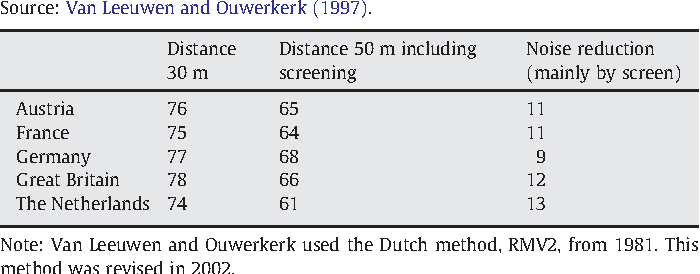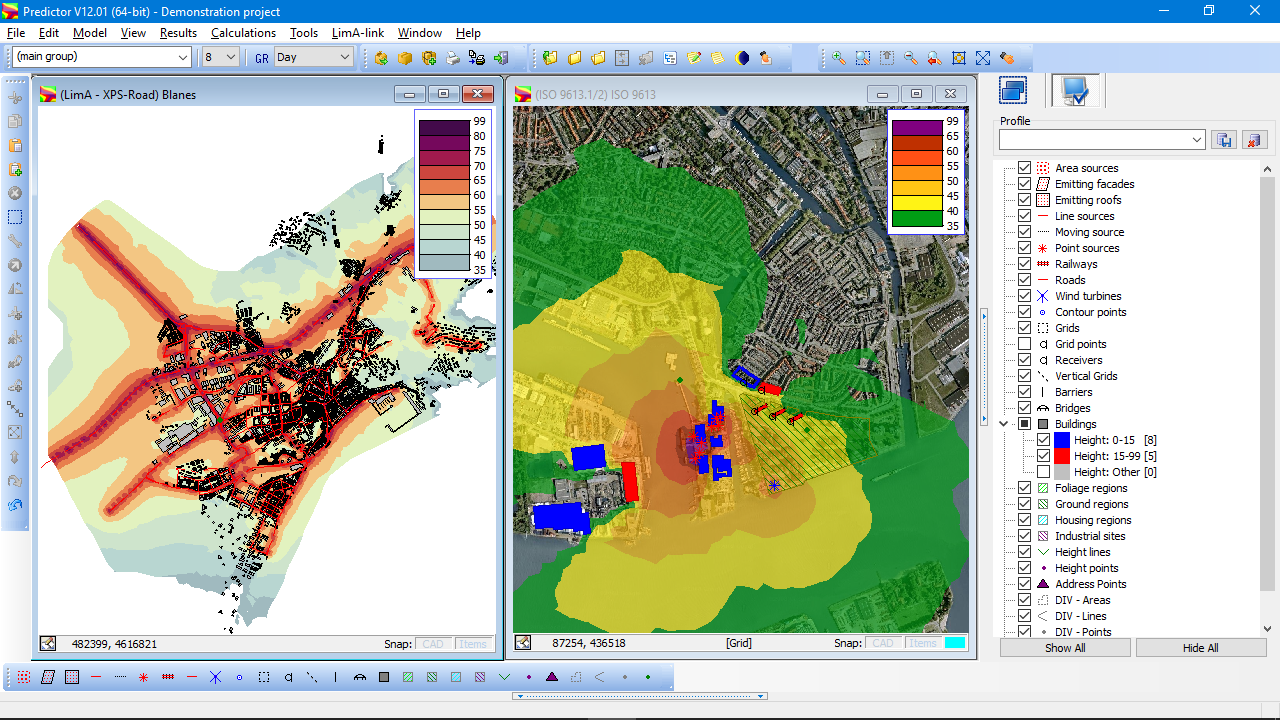


This is illustrated in Figure 1 which has two parts: (a) read cluster identified by alignment to a reference and (b) read cluster identified by pairwise alignments. a particular region of the genome being sequenced) and infer a consensus sequence from such reads. To improve sequencing accuracy, the primary strategy is to identify a set of noisy reads (call a read cluster) covering the same target sequence (e.g. The base-calls from raw TGS signal has error rate in the range of 15–35% ( 7– 10). Since TGS is based on a single molecule measurement, it is intrinsically noisy. Summary of characteristics of different next generation sequencing technologies These are highly desirable properties for many applications. Furthermore, some semiconductor based TGS instruments are portable, require little input DNA, and have a simple workflow.

Although its throughput (currently up to 10 6 templates per run) is much lower than that of SGS (10 9 reads per run), TGS technologies are highly scalable and can be expected to achieve very high throughput eventually. Currently, a TGS run typically produces a set of reads of variable lengths ranging from 500 bp to ∼70 kb, with median length around 5–15 kb. In contrast, TGS methods measure real time signal from a single DNA template and the read length is limited only by stochastic events such as dissociation of the DNA polymerase from the template or DNA molecule length. As a result, SGS can only generate short reads of no more than a few hundred base pairs long. Hence they achieve high accuracy (>98%) in base calling in the early cycles of a synchronized chain growing process, however, the synchronization deteriorates with each new cycle and this leads to loss of accuracy in the later cycles. SGS methods measure signals from a colony of identical copies of the template to reach high signal to noise ratio ( 6).

NGS technologies can be classified into second generation sequencing (SGS) or third generation sequencing (TGS) technologies, as summarized in Table 1. The advent of next generation sequencing technologies (NGS) has revolutionized many areas of biology and medicine ( 1– 5).


 0 kommentar(er)
0 kommentar(er)
